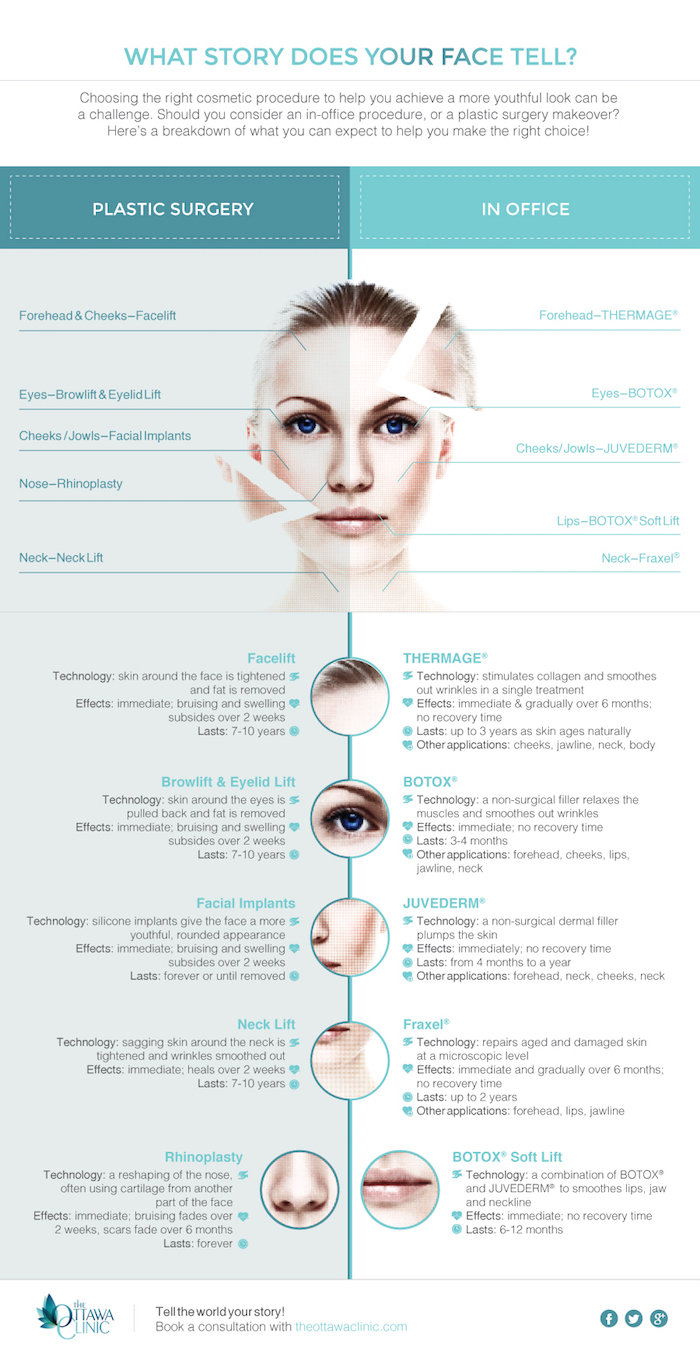Acne outbreaks in the cheek location are activated by numerous things, from touching your face regularly to not altering your pillowcase often sufficient. Picking at acnes increases your danger of infection and scarring, and certain medicines can aggravate dark spots (postinflammatory hyperpigmentation).
Luckily, there are lots of methods to stop and deal with cheek acne. These consist of:
1. Hormone Modifications
Acne is mainly brought on by hormonal agents, specifically those generated during puberty and pregnancy. For some, a family history of acne may likewise contribute to their problem. Anything that blocks pores, such as oil-based skin treatment products or waxy hair products, can trigger acne. Various topical treatments, like benzoyl peroxide and salicylic acid, can fight microorganisms and unclog pores. Those with extreme or chronic acne should seek therapy from their medical professional.
Stay clear of touching or pressing your acne, as this can press a few of the germs deeper into the skin, leading to a much more serious breakout. It is likewise essential to change pillowcases frequently and utilize tidy makeup brushes. You ought to likewise try to avoid irritants such as friction from using a safety helmet or limited collar.
2. Diet plan
The greasy, sugary foods that many people think trigger acne might in fact refrain so. As a matter of fact, research studies have shown that eating a diet regimen abundant in whole, nutrient-dense foods helps to prevent breakouts.
Foods high in the glycemic index (such as white bread, corn flakes, puffed rice and potatoes, doughnuts and other pastries) raise blood sugar degrees promptly, and this can enhance hormones that increase oil production and result in acne.
Consuming cow's milk has also been connected to raised acne outbreaks. If you are a routine cow's milk enthusiast, you may wish to attempt changing to low-fat or nondairy choices that are fortified with calcium. Additionally, drinking even more water can assist to minimize acne due to the fact that it aids to maintain the skin hydrated.
3. Excess Oil
While oil is necessary for healthy and balanced skin, it can become a problem when too much sebum mixes with dead skin cells and obstructs pores. This mix can produce blackheads, whiteheads and pimples. The clogged pore wall surface can break down and spill germs, dead skin cells and sebum right into bordering skin. This results in a red bump known as an acne. Occasionally these red bumps have pus in the facility from a bacterial infection. Larger contaminated bumps that look like acne are called cysts.
There are many points that can trigger excess sebum and blocked pores, consisting of hormonal agent fluctuations, diet regimen and everyday behaviors. Some instances include touching the face regularly, relaxing your hand on your cheek, utilizing dirty make-up brushes and not altering pillow cases frequently.
4. Tension
If you're dealing with pain pimples or a variety of blackheads and whiteheads, it may be time to talk to a skin specialist. They can recommend a reliable treatment that matches your skin type. Exercising relaxation and stress-reduction methods likewise aids.
Acne can happen in the cheeks as a result of friction and stress, such as when a person touches their face regularly or uses a hat or sporting activities helmet that scrubs versus the skin. It can likewise show up where greasy cosmetics and creams rub versus the skin.
Prevent pressing acne, as this can push contaminated product deeper into the skin and lead to scarring. Rather, see a doctor to discover preventative treatments like medicine, skin care items and way of living modifications. Consuming a healthy diet plan of entire foods, getting 7 to nine hours of sleep and making use of noncomedogenic makeup and skincare items can all help reduce acne outbreaks.
5. Hair Products
Hair products are not normally thought of as a reason for outbreaks, but they can contribute to acne on the cheeks in some individuals. Pomade acne, which is characterized by little closed comedones and papulopustules, is frequently caused by using oily hair items which contain comedogenic components such as particular oils and acetylated lanolin.
Choosing hair products that do not have these potentially comedogenic active ingredients is an important step towards minimizing outbreaks. Additionally, guaranteeing that hair items aren't can be found in contact with the skin can help avoid outbreaks. For example, using a headscarf or bonnet in the evening can restrict hair-to-face botox brow lift call and decrease the probability that leave-in hair items will certainly rub off onto the face.
In addition to utilizing a non-comedogenic moisturizer and washing with an acne face laundry, other helpful methods include:
